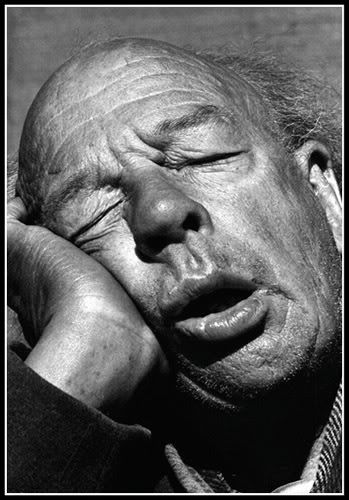First...a few check points for your story. Let's review the rubric.
- What point of view are you using to tell your story? (first or third person)
- What time tense are you using? (Most stories sound pretty well when told in past tense... Whatever time tense you chose, stick to it!)
- Have you covered each of the plot steps in your story?
- Is there a clear message in your story?
SHORT STORY NOTES: DIALOGUE

"Hi Tony," said Katy.
"Hey," Tony answered.
"What's wrong?" Katy asked.
"Nothing," Tony said.
"Really? You don't act like nothing's wrong."
"What's wrong?" Katy asked.
"Nothing," Tony said.
"Really? You don't act like nothing's wrong."
Pretty tiresome dialogue, right?
"Hi Tony."
Tony looked down at his shoe, dug in his toe, and pushed around a pile of dust.
"Hey," he replied.
Katy could tell something was wrong.
Formatting Tips
Rule 1. The first thing to remember is that punctuation goes inside quotations.
"I can't believe you just did that!"
Rule 2. Dialogue tags (the he/she said of the quotation) SHOULD BE USED SPARINGLY. The dialogue and narration should be used to show the emotion or action stated in the tag. One of the most important rules of writing fiction is: show, don't tell.
DON'T DO TOO MUCH OF THIS:
"But I don't want to go to sleep yet," he whined.
TRY THIS INSTEAD:
He stood in the doorway with his hands balled into little fists at his sides. His red, tear-rimmed eyes glared up at his mother. "But I don't want to go to sleep yet."
*A good writer will describe the scene in a way that conjures the image of a whining little boy.
Rule 3. Paragraphs are very important to the flow and comprehension of the dialogue. Remember to start a new paragraph each time the speaker changes within the dialogue. This helps the reader know when someone new is speaking (and who it is).
SHORT STORIES FINAL EXERCISE: Children's Books Review
- Read at least three kids' books and answer the questions below.
Journal 34
Story 1: (Name story here)
- Describe the theme/lesson
- What kind of narrator is being used?
- What other features are present in this story? (allegory, allusion, anagnorisis, atmosphere, archetype character, dialogue, flashback, foreshadow, indirect/direct characterization, irony, motif, symbolism, open/closed ending, unreliable narrator)
Story 2: ....repeat for three stories....
HW: Rough Draft Bring a digital copy of your story on Monday for peer editing. Credit will be given only for completed rough drafts (2-5 pages, double spaced).
All stories due as hard copy final drafts and on turnitin.com on Wednesday, December 13.
No comments:
Post a Comment